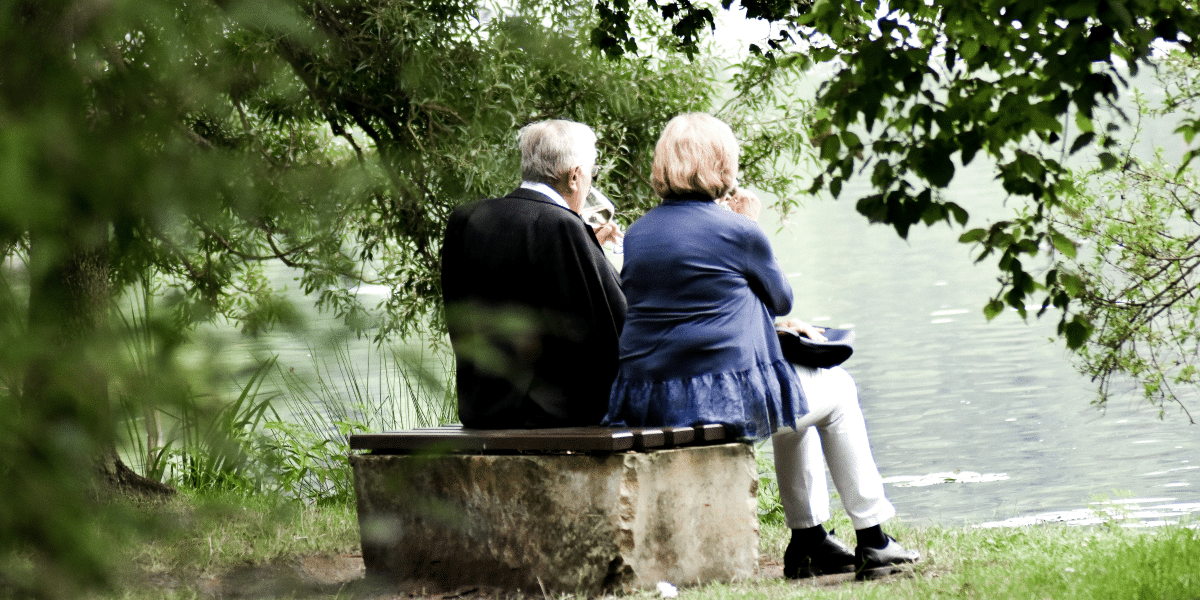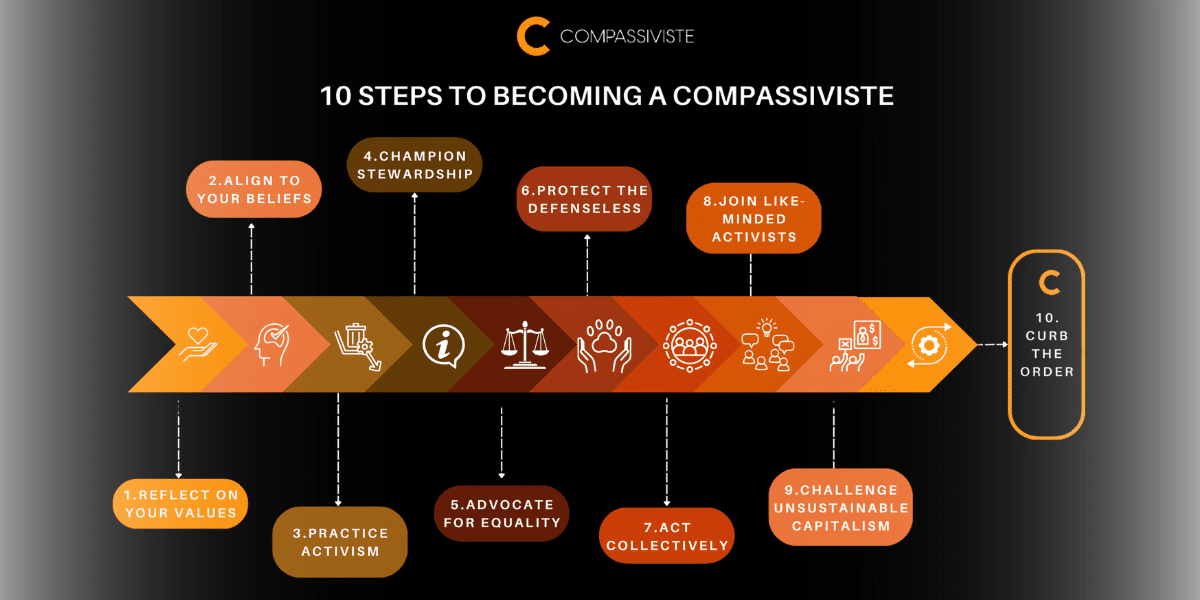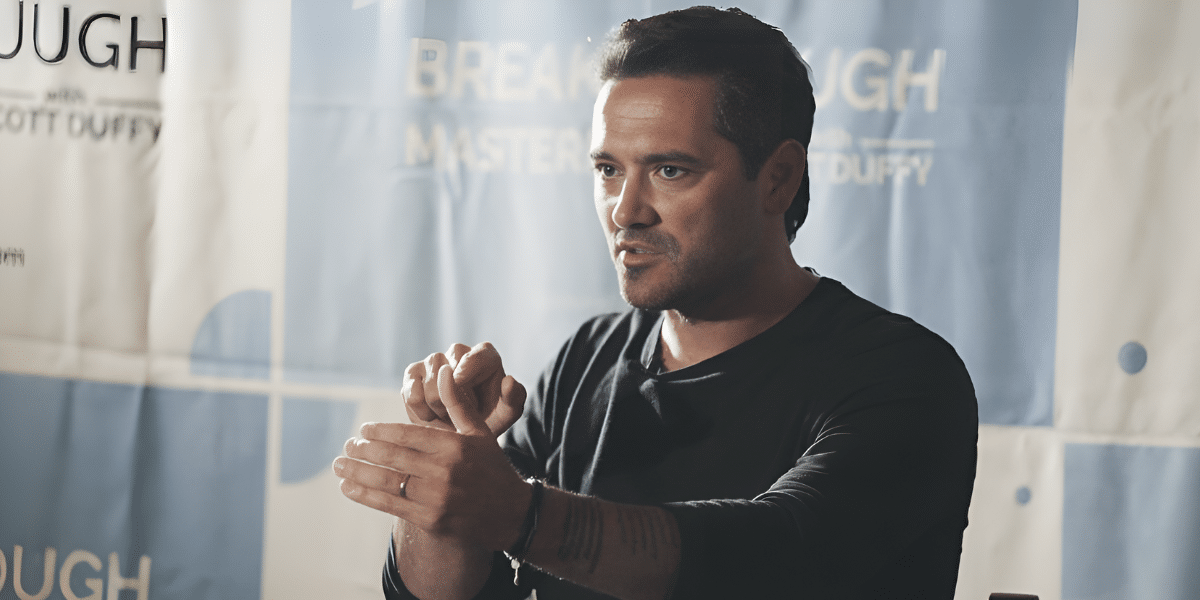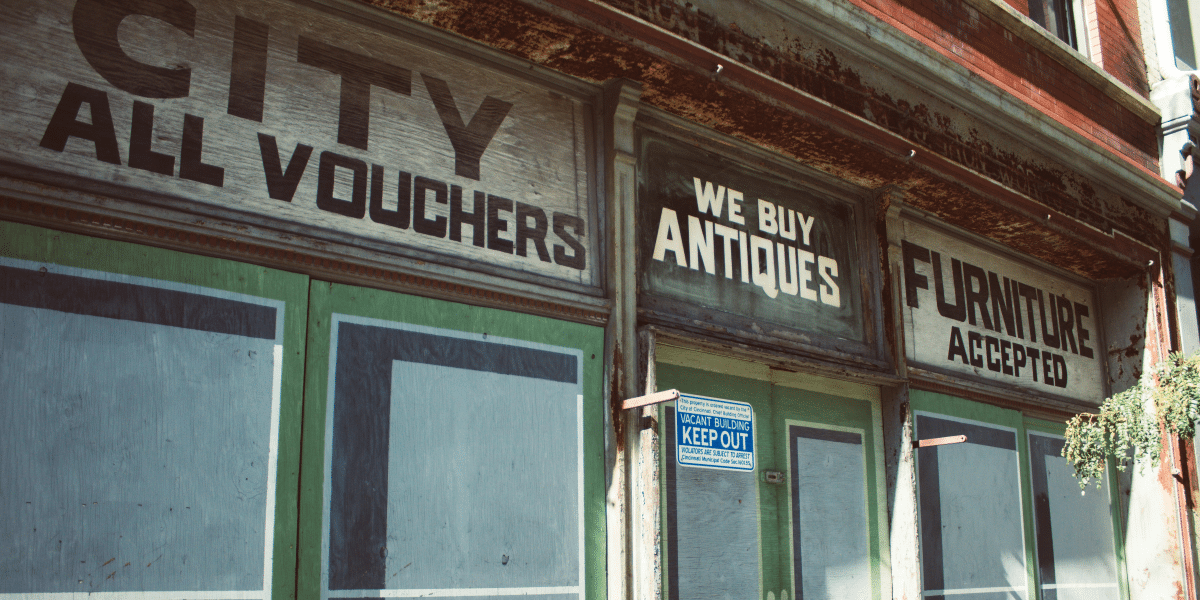Think of San Francisco as a giant magnet for the misfits, the dreamers, the ones who were told they were “too much” back home. It’s a city built on hills, metaphorically perfect for seeing the world from a different angle. This sense of restless energy, of questioning the way things “should” be, is what fuels San Francisco’s rebellious heart.
San Francisco doesn’t just put up with the weird and the different – it celebrates it. From eccentric street performers to artists who push the boundaries of what art even is, there’s an undercurrent of respect for those who dare to march to their own beat. “This city has always understood that the people who don’t fit in are often the ones who change the world,” observes a local historian.
This acceptance, this sense of possibility, is what makes San Francisco a place where rebellion doesn’t just simmer, it explodes into movements. It’s about more than just protests (though there are plenty of those); it’s about communities rising up and saying, “We won’t be ignored; we won’t be silenced; we’ll build our own world on our own terms.” That defiance, that unwavering belief in a better future, is the true spirit of San Francisco, passed down from the Beats to the activists of the Castro to the change-makers of today.
When Poetry Got Gritty
Picture this: It’s the 1950s, post-war America is obsessed with picket fences, neatly trimmed lawns, and keeping up appearances. But beneath that polished surface, a growing restlessness is brewing. Enter the Beats – a crew of writers, poets, and free thinkers who rejected that cookie-cutter life with a defiant howl.
Their headquarters was North Beach, a San Francisco neighborhood teeming with Italian cafes, jazz clubs, and a tolerance for the unconventional. Places like City Lights Bookstore weren’t just places to buy books; they were hubs of artistic rebellion. Imagine readings where poems spilled out raw and rhythmic, fueled by caffeine and a hunger for something real. Controversial novels were published, challenging taboos and refusing to be tamed. “It felt like the walls between art and life were crumbling,” recalls a poet who frequented those Beat hangouts.
The Beats weren’t just about writing fancy words. Their work was infused with jazz rhythms, the grit of city life, and unflinching explorations of sexuality, spirituality, and the hypocrisy of mainstream society. They dared to question the very meaning of the American Dream and gave voice to those on the fringes. It wasn’t always pretty, but it was damn powerful. As one literary critic puts it, “The Beats cracked open a space for honesty in art, paving the way for every writer who dared to be different after them.”
Birthplace of a Civil Rights Movement
Today, the Castro district bursts with rainbow flags, lively bars, and a sense of joyful celebration. But beneath that vibrant surface lies a hard-fought history of defiance and resilience. This isn’t just a party neighborhood; it’s a place where the LGBTQ+ community found its voice and demanded the world see them, hear them, and respect them.
It wasn’t always easy. In a time when being openly gay could cost you your job, your family, or even your safety, the Castro became a sanctuary. Of course, it wasn’t perfect, but it was a place to be yourself, to find support, and to build a community determined to fight for their rights. “The Castro was more than just a neighborhood, it was a lifeline,” says a community elder who remembers the struggles of those early days.
Harvey Milk was the embodiment of that fighting spirit. As the first openly gay man elected to major office in California, he wasn’t just a politician; he was a symbol of hope. Milk rallied the community, used his platform to amplify marginalized voices, and showed the world that the LGBTQ+ community wouldn’t hide in the shadows any longer. His tragic assassination was a blow, but it fueled a movement. As a longtime activist puts it, “Harvey showed us the power of visibility, and we weren’t going back.”
When Hippies Took Over
You can’t talk about SF counterculture without the Summer of Love. In 1967, Haight-Ashbury became the epicenter of the hippie movement. Thousands of young people, drawn by music, ideals of peace, and maybe some readily available psychedelics, turned a few blocks into a whirlwind of tie-dye and protest.
The Summer of Love was messy and, let’s face it, fueled by a bit of youthful naivete. But its power lay in its rejection of the Vietnam War, materialism, and the idea that you had to follow a conventional life path. “It was a giant middle finger to the establishment,” says a sociologist who studies counterculture movements.
These movements didn’t just fizzle out. The Beats paved the way for more daring literature and challenging what art could be. The Castro’s hard-won battles fueled the ongoing fight for LGBTQ+ equality. And the Summer of Love, for all its flaws, planted seeds of social justice activism and environmentalism that continue to grow today.
Why does San Francisco foster this change? Some say it’s the mix of people drawn to the city, often those who never fit the mold back home. Others point to a tolerance for the quirky and a willingness to question authority. “There’s something in the air here that encourages people to think big and defy the status quo,” says a veteran Bay Area journalist.
San Francisco isn’t stuck in a hippie time warp. But the spirit of those past movements is still woven into its soul. See it in the passionate protests when injustice rears its head, the fiercely independent bookstores, and the ever-evolving arts scene that isn’t afraid to tackle the tough stuff.
Change can be messy, and SF’s counterculture history has its share of chaos along with its victories. But its power lies in reminding us that progress doesn’t happen by playing it safe. Maybe those quaint cable cars and the fog add something too – a reminder that beneath the tourist-friendly surface lies a city ready to shake things up, over and over again.












